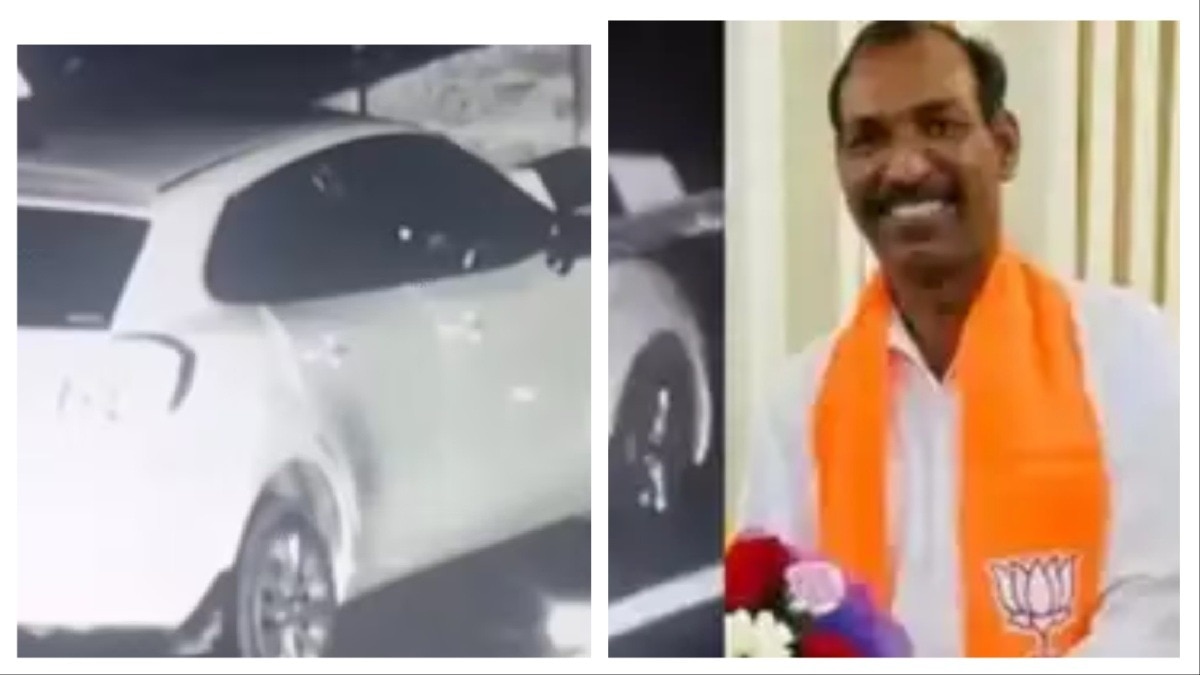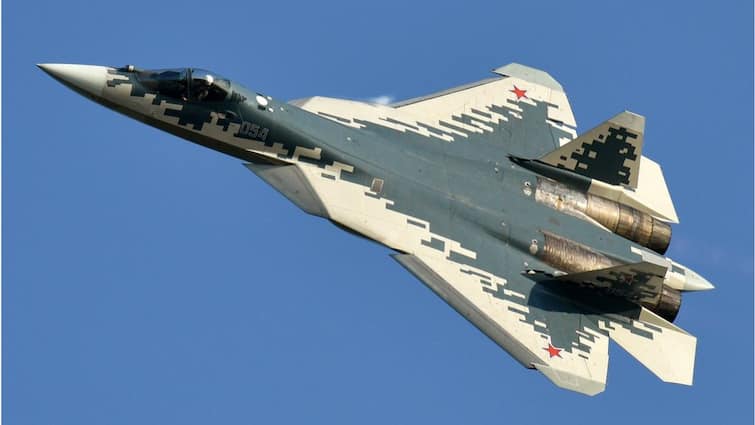Shocking Arrest of BJP Leader for Public Lewdness on Delhi-Mumbai Expressway; Court Grants Bail Amid Outrage
Delhi-Mumbai Expressway Incident: BJP Leader Manohar Lal Dhakad Granted Bail
A shocking incident has recently surfaced from the Delhi-Mumbai Expressway, where BJP leader Manohar Lal Dhakad was arrested for allegedly engaging in lewd conduct with a woman friend in public. Following the incident, Dhakad was charged under various sections of the Indian Penal Code (IPC), including Section 296, Section 285, and Section 3(5) of the BNS (2023). The case has gained significant attention on social media, not only due to the nature of the actions involved but also because of Dhakad’s political affiliation.
The Charges Against Dhakad
Dhakad was arrested after a video went viral showing him inappropriately interacting with his female companion. Once the police caught wind of the video, they quickly apprehended him, leading to his appearance in court. Dhakad has since been granted bail, largely because all the charges filed against him are bailable.
-
Section 296: Public Indecency
- This section applies when an individual is caught engaging in lewd conduct in a public space. The intent of the law is to protect public decency and morality, ensuring that individuals do not make others uncomfortable or distressed in shared spaces.
- It is essential to note that this charge is generally not viewed as severe, and the penalties are often more lenient. To secure a conviction, prosecutors need to definitively prove that the public conduct was indeed lewd.
-
Section 285: Endangering Life
- This law comes into play when someone’s reckless behavior poses a risk to human life or property. An example would be parking a vehicle unsafely.
- If convicted under this section, the accused could face up to six months in jail, a fine of up to ₹1,000, or both.
- Section 3(5): Collective Crime
- This section pertains to crimes involving more than one person. Considering the presence of the female companion in the video, Dhakad found himself facing this additional charge, categorizing the incident as a collective crime.
The Broader Implications of Public Indecency
The incident raises significant questions about public behavior and decency norms in India. The Delhi-Mumbai Expressway has become a popular travel route, and such incidents can have broader repercussions on public confidence regarding safety and societal norms.
- Public Decency Standards: What constitutes public indecency? As this case demonstrates, the line can sometimes be blurry, leading to varying interpretations based on societal norms and legal frameworks.
- Political Repercussions: Dhakad’s political affiliation adds a layer of complexity. Will his party take action against him? Historically, political leaders facing similar charges have seen varying degrees of disciplinary measures; often, the public reaction plays a critical role in dictating the next steps.
Social Media’s Role in Modern Justice
This incident underscores the influential role of social media in shaping public opinion and even impacting judicial processes. A video triggering a public outcry can lead to swift legal action; however, this raises questions:
- Viral Content & Ethics: Is it ethical to share sensitive content widely? While exposure can lead to accountability, it can also cause collateral damage to reputations without due process.
- Public vs. Private Life: Should public figures have non-public personas? This boundary becomes nebulous when social media can capture moments in real-time, blurring the lines between public and private conduct.
What Does This Mean for Society?
As we dissect this incident, the question arises: how will society respond?
- Increased Vigilance and Reporting: Individuals may feel empowered to report inappropriate behavior, leading to a heightened awareness of public decency standards.
- Changing Attitudes: Over time, societal norms regarding what is acceptable behavior in public spaces are evolving. With growing awareness regarding issues of harassment and the need for respect in social interactions, such incidents may prompt conversations around personal responsibility and ethical conduct.
In summary, the case of Manohar Lal Dhakad isn’t just a matter of legal proceedings; it touches on deeper questions of public ethics, political accountability, and societal values regarding decency. As we witness the developments in this case, it will be crucial to observe not only the legal consequences but also the societal reflections that emerge from such a puzzling incident. The powerful combination of social media and law could very well redefine how public figures are scrutinized in our increasingly watchful societal landscape.





